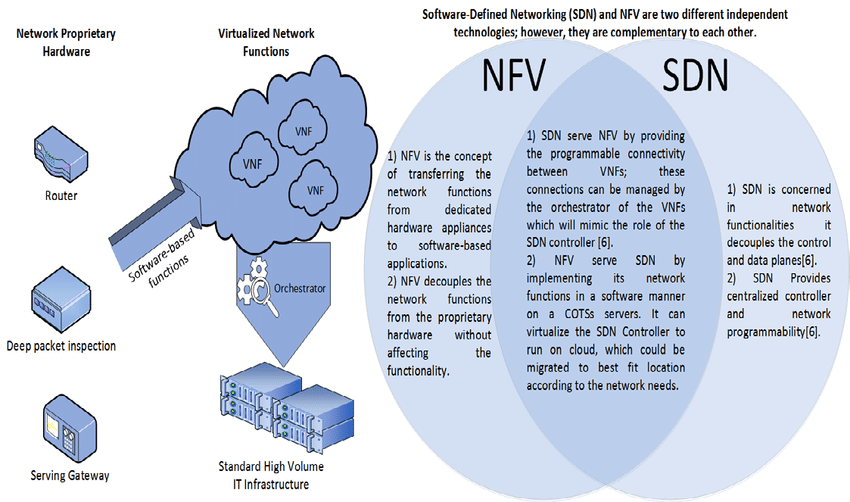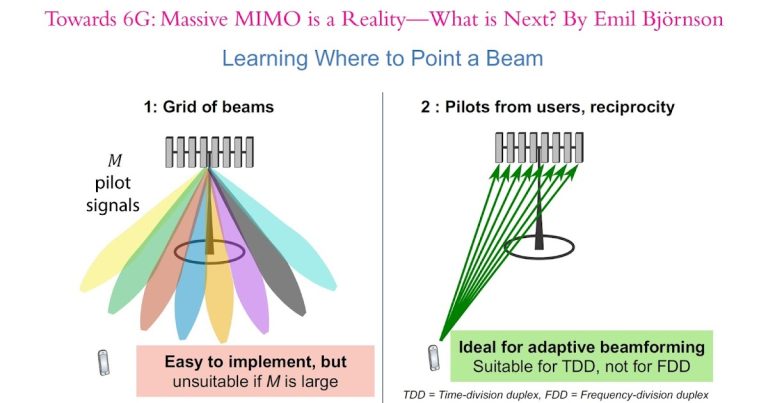Unlocking Network Innovation: The Fusion of NFV and SDN Technologies
telcomatraining.com – In the fast-evolving digital landscape, the demand for agile, scalable, and cost-effective network infrastructure has never been greater. Two revolutionary technologies—Network Functions Virtualization (NFV) and Software-Defined Networking (SDN)—are transforming how networks are designed, managed, and deployed. Their fusion marks a significant leap toward next-generation networking, enabling unprecedented levels of automation, flexibility, and innovation.
Understanding NFV and SDN
Network Functions Virtualization (NFV) decouples network functions—like firewalls, load balancers, and intrusion detection systems—from proprietary hardware. Instead, these functions run as software on commercial off-the-shelf (COTS) servers. This shift eliminates the need for expensive, dedicated appliances, thereby reducing capital and operational expenditures.
On the other hand, Software-Defined Networking (SDN) separates the network control plane from the data plane. This separation allows network administrators to dynamically manage traffic flows through centralized software controllers, offering real-time responsiveness and a holistic view of the network.
While NFV focuses on virtualizing hardware functions, SDN emphasizes programmable network control. Together, they provide the foundation for a fully software-driven, intelligent network infrastructure.
The Power of Integration
When NFV and SDN are integrated, they create a powerful synergy that transforms traditional networking paradigms. Here’s how:
- Enhanced Flexibility and Agility
By virtualizing network functions and centrally controlling traffic flows, service providers can rapidly deploy new services, scale resources up or down, and adapt to user demands in real-time. - Cost Efficiency
The reliance on generic hardware and automated network management significantly lowers both capital and operational expenses. Companies no longer need to invest in specialized devices for every network function. - Rapid Innovation
The programmable nature of SDN, coupled with the modular design of NFV, accelerates the development and deployment of new network services. This agility is vital in industries like telecom, finance, and cloud computing. - Improved Network Automation
With SDN providing centralized control and NFV offering virtualized functions, network automation becomes seamless. This automation reduces human error, enhances consistency, and ensures faster troubleshooting. - Greater Scalability
NFV and SDN enable elastic scaling of network resources, which is crucial for handling unpredictable traffic loads or expanding services across multiple geographic regions.
Real-World Applications
The fusion of NFV and SDN is already making waves across various sectors:
- Telecommunications: Major telecom operators are using NFV and SDN to roll out 5G infrastructure, offering high-speed, low-latency services with minimal physical hardware.
- Enterprise IT: Companies leverage these technologies to create virtual networks for secure, isolated, and scalable internal communication systems.
- Cloud Service Providers: Cloud platforms utilize NFV and SDN to optimize load balancing, manage traffic efficiently, and offer dynamic service provisioning.
Challenges and Considerations
Despite the benefits, integrating NFV and SDN is not without challenges. These include interoperability issues between vendors, security risks due to software-based controls, and the need for skilled personnel to manage complex virtual environments. However, with continuous research and the adoption of open standards, these obstacles are steadily being addressed.
The Future of Networking
The convergence of NFV and SDN signifies a turning point in network architecture. As organizations embrace digital transformation, the need for intelligent, software-defined, and virtualized networks will only grow. Emerging technologies like edge computing, AI-driven network management, and 6G will further amplify the impact of NFV and SDN.
Conclusion
The fusion of NFV and SDN technologies is unlocking new possibilities in network innovation. By enabling flexibility, reducing costs, and fostering innovation, these technologies are paving the way for the networks of tomorrow. Businesses that adopt and integrate NFV and SDN will gain a strategic edge, positioning themselves for success in a connected and competitive world.







